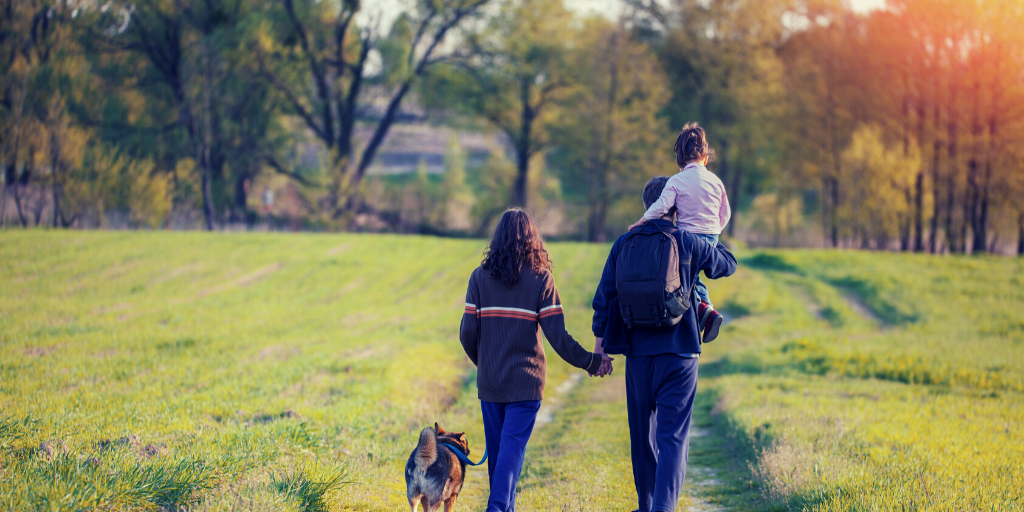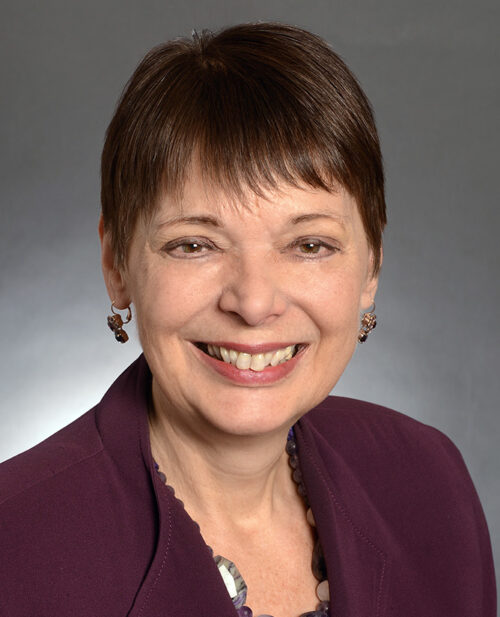Health Benefits of Being Outside
by Nathan Hinrichs, MD
Over the last century, more and more people in the U.S. are moving to large cities for work opportunities and socialization. One consequence of living in the city has been a decrease in time spent outside. This may not seem like a big deal, but research has shown that spending more time outdoors, particularly in green spaces, improves health as this reduces blood pressure, heart attacks, strokes and stress. In other words, getting outside may result in needing less medication and getting your body feeling better.
The reason for why increased time outdoors improves health is likely related to many factors, including increased physical activity, social interaction and decreased stress. Spending even 20-30 minutes outside a few days per week reduces stress hormones, improves mood, focus and attention and decreases rates of depression and anxiety. As doctors, we recommend all adults get at least 30 minutes (and kids 60 minutes) of physical activity every day. There is no better place to get this done than outside. Spending time outdoors is also a way to get vitamin D from sunshine in the summer, which helps with bone growth, immune system health and improves mood. Parks and green spaces improve social interactions among neighborhoods and communities, leading to decreased rates of crime. This makes outdoor spaces important not only for your health, but also your safety.
Living in Minnesota, we are fortunate to have many green spaces to enjoy, even amid our largest cities. In St. Paul and Minneapolis, we have numerous parks and trails to enjoy that offer a wide range of healthy outdoor activities such as walking, hiking, biking, tennis and pickleball, baseball and softball, soccer, basketball, as well as playgrounds and pools for children to enjoy. Winter parks also offer plenty of activities for those willing to brave the cold. These include ice rinks, cross country skiing trails, downhill skiing/snowboarding hills and others. Look around where you live and see if you can find these places to enjoy the outdoors.
Dating back to the 1800s, policymakers in London recognized the positive health benefits of having easily accessible outdoor green spaces for its citizens to enjoy, referring to these parks as the “lungs” of the city. The World Health Organization defines a healthy city as “one that continually creates and improves its physical and social environments and expands the community resources that enable people to mutually support each other in performing all the functions of life and developing to their maximum potential.” Many cities in the U.S. today contain green spaces, but access to these parks can sometimes be challenging depending on where you live. Lower income neighborhoods tend to have less access to green spaces, and this can be detrimental to the health of that community. Encouraging our district councils and local government to increase and support places to be outside will benefit everyone. Promoting the creation and use of parks and green spaces is an important way to improve the health of your community.
As this summer comes to a close, make sure to spend plenty of time outdoors. Start planning on how you will enjoy the beautiful fall colors by being outside. Gather your friends and family for a walk or hike, or even consider picking up a new hobby or activity such as gardening, biking or tennis. Encourage people all around you to enjoy the outdoors. Your body and mind will be glad you did, and you will live a healthier and happier life.
Nathan Hinrichs, MD is a family medicine doctor at Allina Health United Family Physicians, 233 Grand Ave, Saint Paul, MN 55102, 651-241-5200




